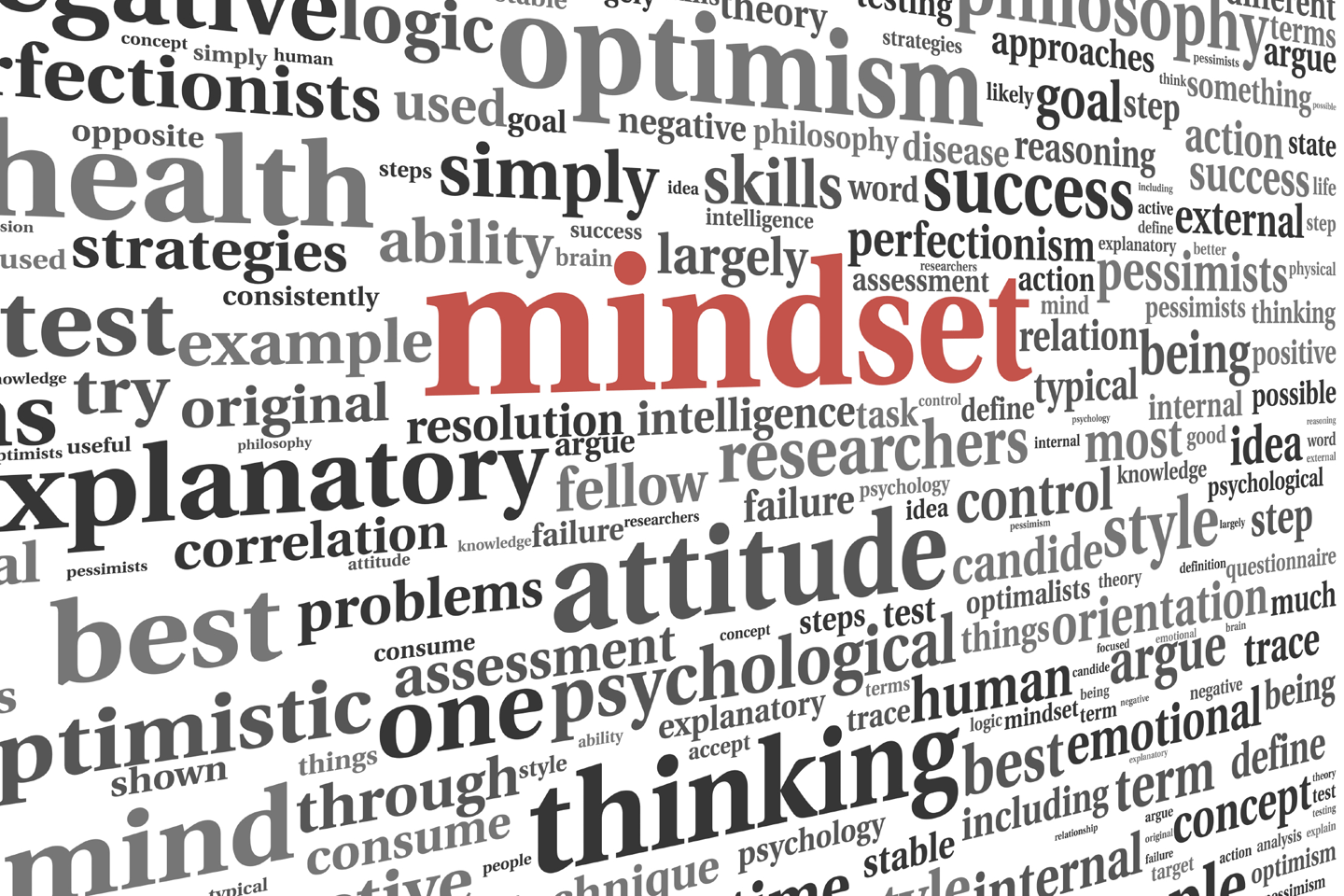This "open" placebo research is the realm of positive psychology, mindfulness, studies on kindness and so forth. That is, powerful, positive beliefs openly transmitted to others result in positive thinking, brighter attitudes, a greater sense of well-being and other indicators of a more alert, resilient, and balanced individual. While it’s difficult to track the corresponding brain changes, we can be sure that a student exhibiting these qualities is NOT in a flight or fight, stressful mode. Rather, the brain is freed to invent, solve and investigate.
To get at this kind of depth in teaching is not difficult, except for the awkward fact that education has yet to escape the "empty vessel" metaphor. We continue to insist that filling up students with information constitutes good learning. That’s why moving to a more inquiry-based, personalized and student-driven system — the face of the future — feels slow and fitful. But every teacher can begin to import this new thinking into the classroom by conveying the primary message that relationships matter in ways that far exceed our prior beliefs. Here’s why:
The invisible connection. Beliefs and attitudes are transmitted through words, body language and facial expressions. But that’s the obvious part, and it’s increasingly clear that connections go deeper than science can capture. Neuroplasticity studies show that the brain is a dynamic organ in constant flux, and is exquisitely responsive to nuance. Neuronal networks are being built or discarded in the course of one conversation. The neurons themselves each contain 2-3 feet of DNA that control gene expression, meaning that culture and conversation ultimately have permanent effects on the brain. And the deeper work on consciousness by leading scientists points to ever-changing quantum activity at the subcellular level generated by beliefs and thoughts.
Positive, sincere beliefs matter. This is territory virtually unexplored in education, but the latest research is clear: The body and brain respond favorably to care, sincerity and unconditional acceptance, which are relayed through the heart and vagal system to the brain. So it’s not enough to smile (fake smiles don’t work, anyway) and say the right words unless you believe them wholeheartedly. Inquiry and innovation rely on a high-functioning brain activated by care and acceptance.
The Fifth "C" is critical. Currently, we intend to deliver the Big Four 21st century skills (collaboration, communication, critical thinking and creativity) much like we teach the photosynthesis cycle or the causes of the Civil War. They’re outcomes of an instructional process. This is magical thinking. These skills are deeply rooted in attitude, confidence, empathy, openness, and curiosity — the province of character. How do we move upstream, get as close to the source as possible and elicit these qualities?
Studies on resiliency point the way. Resiliency is commonly viewed as an antidote to stress or an intervention for at-risk students. But in a chaotic, 21st century world, resiliency becomes a broader term that encompasses balance, persistence and awareness. And the research is clear: These aspects of character are evoked in students through a strong mentor relationship with an adult who cares, listens and offers nonjudgmental coaching and feedback.
In other words, if we want to get to skills, we’ll have to start with personal strengths. That means that 21st century teachers must put powerful, positive relationships at the center of their mission.
Thom Markham is a psychologist, school redesign consultant and the author of the Project Based Learning Design and Coaching Guide: Expert tools for inquiry and innovation for K-12 educators. Find many more resources on his website, www.thommarkham.com or tweet him @thommarkham.


